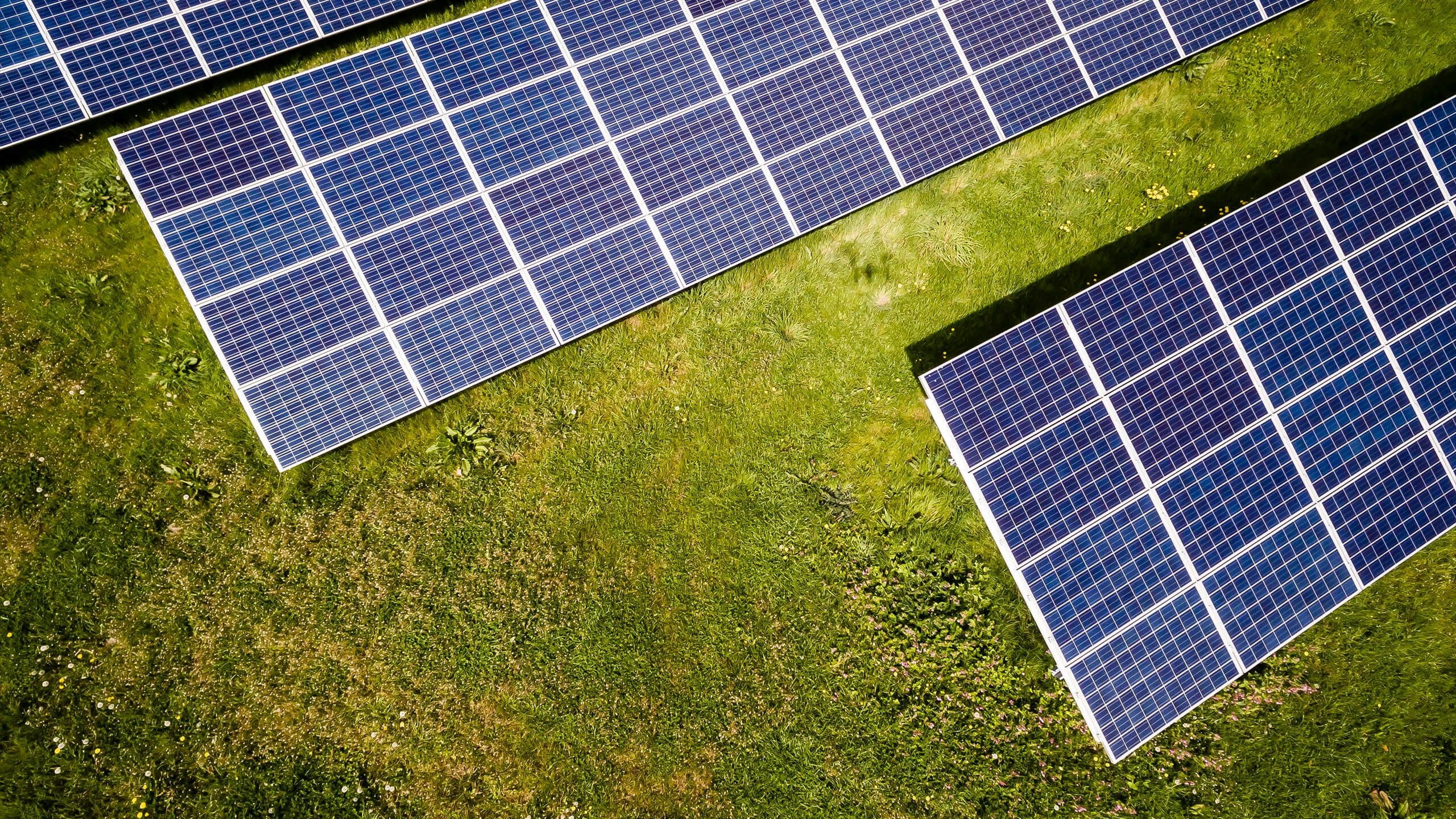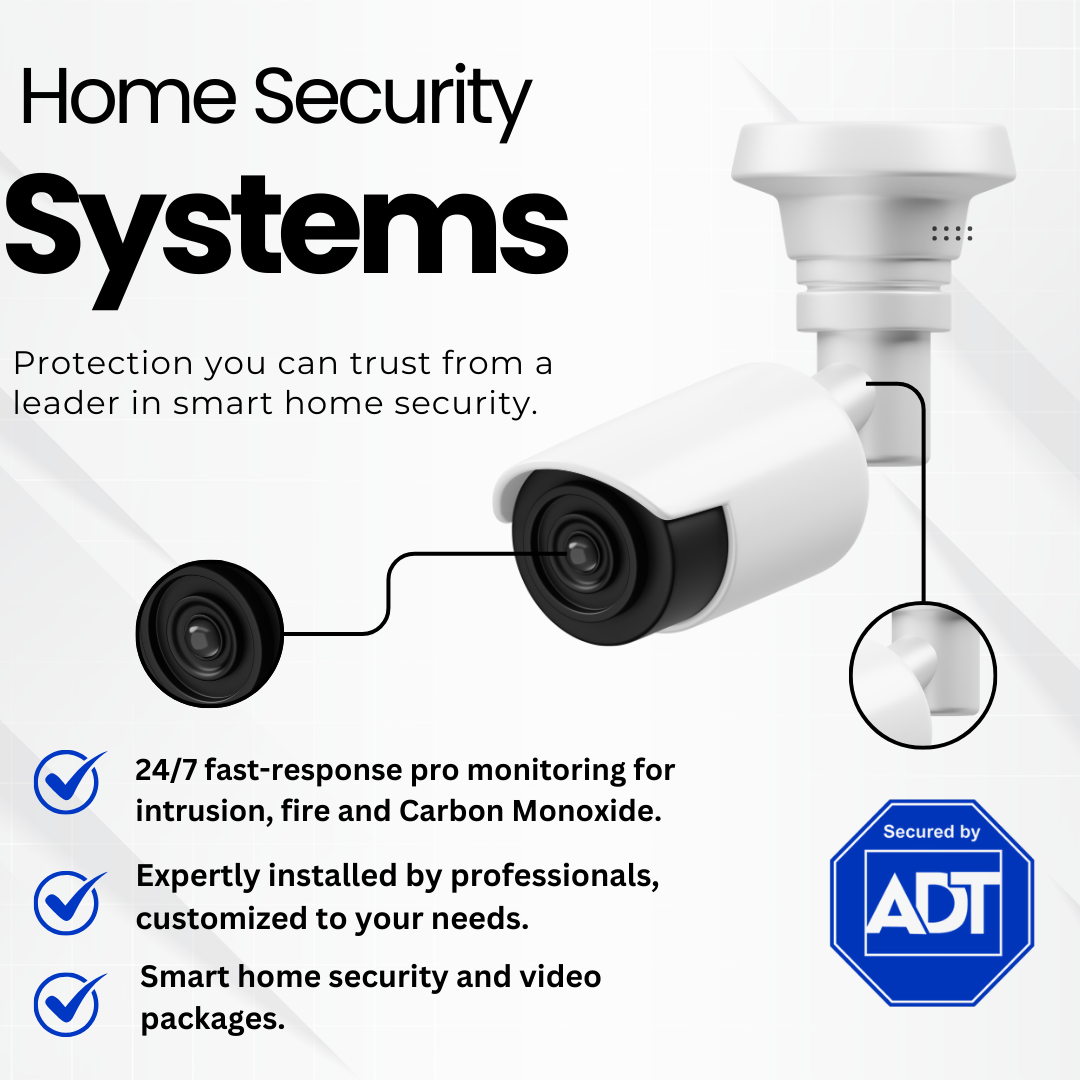Solar System Design

Residential Solar System Design Basics
Once your solar installers have completed a site evaluation, you can design your solar panel system. Then, you can decide on the location, angle, orientation, and size of your solar installation. During the design phase, you will determine the number of panels, where they will be mounted, and how much energy they should generate.
Because no two properties are identical, a good solar installer is ready to adapt their plans based on your home's unique conditions and personal priorities regarding your solar setup. Either at or after your solar site evaluation, each solar installer will discuss their recommendations for your solar design.
Let's take a closer look at what these are and some key solar design considerations to ensure you’re getting the ideal system for your space!
Space Available for Solar Panels
Where on your roof or property do you have room for solar panels? Some roofs are small, and some are quite spacious. It is even possible to mount solar panels on your sunniest side walls or laid out in an open space of your yard if that's where you will get the most sun.
Knowing where you have room for solar, you can assess each possible location for optimal conditions.
Optimal Solar Locations
In North America, the optimal solar location is a flat or south-facing roof at an angle between 15 and 40 degrees, relating to your home's distance from the equator. The surface should be sturdy, unshaded by trees or nearby buildings, and have access to an appropriate electrical panel.
Oriented Toward the Sun (South)
Start with roof surfaces that face south. Flat roofs are also acceptable because panels can easily be tilted toward the south. If you don't have a south-facing roof angle (your roof faces east/west), your panels will get 20% less sun than south-facing panels. This is because south-facing panels catch the most morning and afternoon sun, while east/west panels might miss some of the sun in the early morning or late afternoon.
Why south? Because we're North of the equator.
The Right Angle for Solar
The right angle depends on your latitude—your distance from the equator. Again, this is about catching the most possible sun. We tilt panels south to catch the sun, which "circles" the equator, and the degree of tilt depends on the curvature of the earth.
Your solar installers will likely recommend an angle between 15 and 40 degrees.
Shade and Efficiency
Shade is not ideal for solar because it reduces the total sun that hits your panels. Large shady trees, tall nearby buildings, and other obstacles can create shade, so it's best to choose your sunniest patch of roof.
Energy Needs
Consider how much energy you want to generate with your solar panels. Are you looking to offset your power bills? Keep the lights and essentials on during power outages? Go completely or almost completely off-grid? The number of solar panels you need will depend on how much energy you need.
Energy Baseline
Start by analyzing how much power your home uses. Check your energy bills for the last year for a clear view of your kilowatt hours by month. If you want to get granular, you can even set up smart outlet monitors to determine exactly how much electricity each appliance and device requires.
Power Storage
If you generate any extra energy (that your home doesn't immediately use), do you want to store it in batteries or sell it to the power company? Battery storage is a popular choice for large solar installations because it provides power after dark, on stormy days, and in emergencies.
Local Regulations
Talk with your solar installers about how local regulations might influence your solar installation possibilities. This can vary by state, city, and even by neighborhood, so do your research before finalizing your solar design.
Value an Installer Who Gives You Options
A good solar installer not only recommends their idea of the best design but is also ready to give you options and explain each one. They will discuss each possible solar location with its pros and cons. They will help you weigh the usefulness vs. the cost of each type of solar battery. They will walk you through the add-on requirements for building solar on your garage. Then, they will give you the choice of which solar design best aligns with your plans, budget, and vision.
A good designer might also provide more than one option and clearly show and explain the pros and cons of each so the homeowner can make an informed decision that best fits their property and their energy production goals. They will also listen to your specific needs and their proposed plan(s) will reflect those.
Solar Design In Action: Real-World Example
It can help to see a real solar design in action. One excellent example is a house whose roof did not have a south-facing side, but the garage did. The solar installer discussed the option of placing solar on the garage roof instead, and mentioned that more panels were possible by regulation because the roof was not over a primary residence. The garage roof also had a lot less shade and a less steep angle to catch the maximum rays.
The solar installer then discussed the add-ons necessary for garage roof solar, such as an additional power sub-panel and a few extra power lines connected to the home's primary electrical system. While the price was higher than the original estimate, so was the amount of solar power the house could generate. The solar installers took care of everything. Each element was unobtrusive and well-designed, and the homeowner was ultimately very satisfied with the result.
Explore Your Home's Solar Potential
To begin your solar installation journey, get started with Ask Solar and get in touch with multiple trusted local solar installers. Our Get Started Form will help you streamline your initial estimate comparison process.
Call AskSolar with questions and speak to an Energy Advocate for free. AskSolar is NOT a solar installer, and we offer our services at no cost to the consumer - we're just here to help you find the right solar company and solution to fit your needs.




